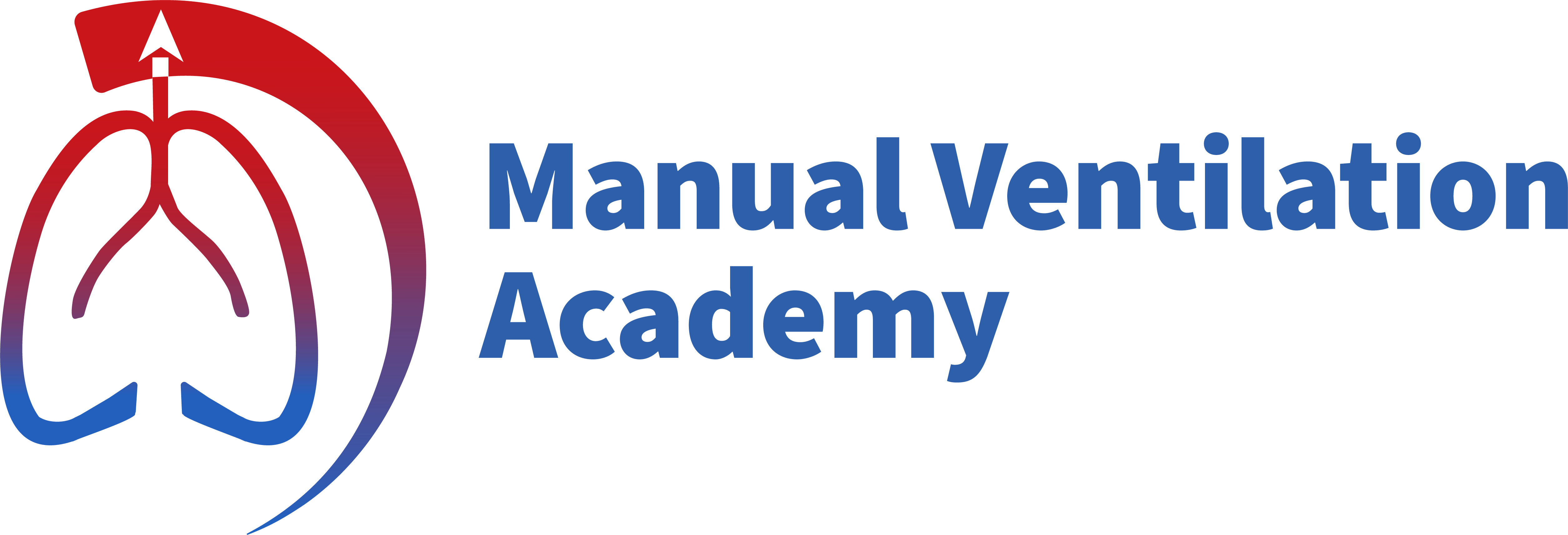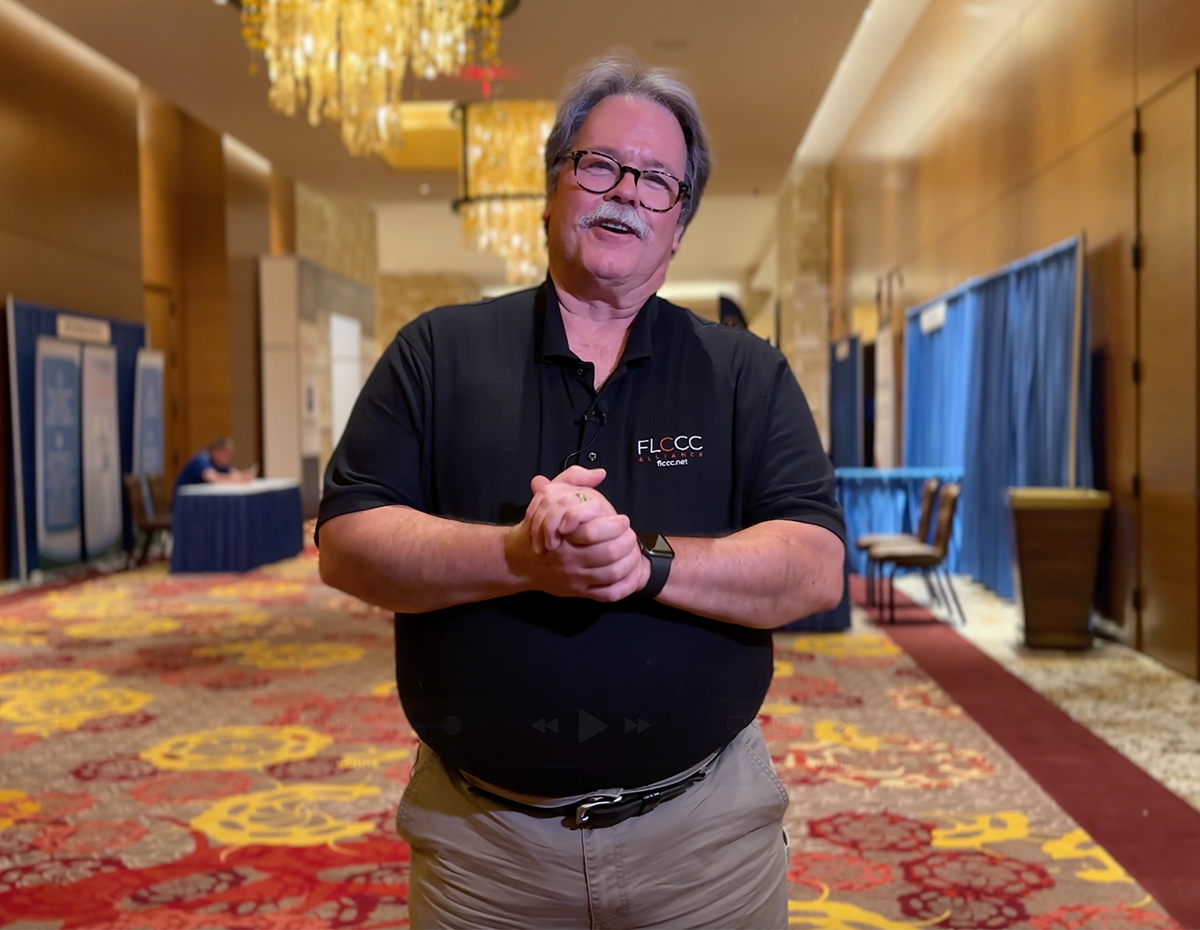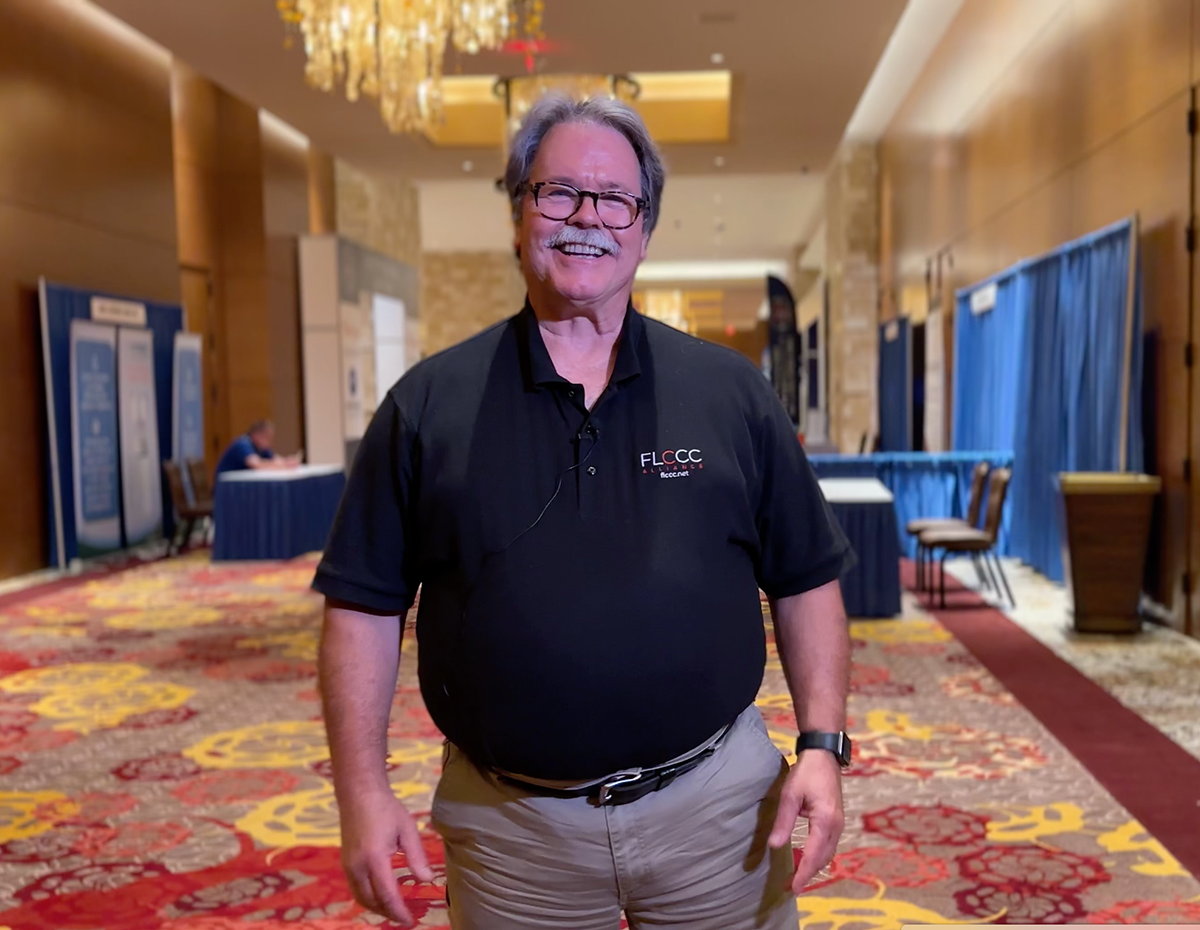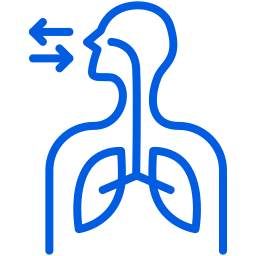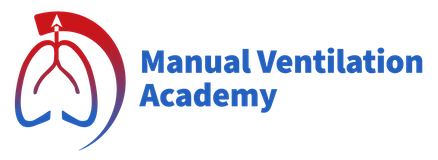
Why do you need to learn High-Performance Ventilation ?
Over the past two decades, the emphasis in CPR has predominantly been on chest compressions. While this remains essential, recent studies underscore the significant impact of High-Quality Ventilation on survival rates and neurological outcomes. A 2023 study by Idris et al., involving approximately 2000 patients, demonstrated that adequate ventilation can triple survival rates and quadruple the number of patients discharged from hospital with favorable neurological outcomes (1).
Despite this, recent studies consistently highlight the inadequate training of rescuers (2). Many patients are either hypoventilated or hyperventilated, significantly reducing their chances of survival. Even more concerning, instructors often struggle to accurately evaluate the participants in their courses (3). This inability to provide proper assessments hinders the overall effectiveness of the training, leading to gaps in knowledge and skills that can have serious consequences in real-world scenarios.
Given these findings, it is crucial for rescuers to learn High-Performance Ventilation. Proper training helps rescuers deliver the right tidal volumes and ventilation rates, directly impacting patient outcomes. By improving both the training and evaluation processes, we can ensure that rescuers are well-prepared and capable of delivering High-Performance Ventilation, ultimately saving more lives and improving neurological outcomes for patients.
Improvement in survival rate
A good manual ventilation has the potential to triple survival rate in cardiac arrest patients.
Number of patients discharged from hospital with good neurological outcomes
A good manual ventilation has the potential to quadruple the number of patients discharged from hospital with good neurological outcomes.
Of patients do not receive an adequate tidal volume during CPR.
During manual ventilation of cardiac arrest patients, 60% do not receive an adequate tidal volume.
Bob Page
"We must train better if we want to save more lives."
Bob Page is an internationally known speaker, instructor, author and paramedic. He is recognized for his energetic, humorous and motivational style. Bob takes ordinarily dry and hard to teach topics and transforms them into a fun, learning experience. He holds a Master’s degree in Adult Education. Bob has been an instructor for almost 4 decades teaching a variety of adult education courses from customer service to advanced medical care. He is a Certified Healthcare Simulation Educator and Operations Specialist. He has presented over 4000 seminars worldwide. He was recognized by his peers in Missouri as Missouri’s “Most Creative Educator” in 2009 and was awarded the Legends That Walk Among us Award from NAEMSE is 2012.
Primary objective
of the course
High-Performance Ventilation Course
Objective
To address the critical need for improved training in manual ventilation, we offer an eye-opening, hands-on workshop led by Bob Page and his team of renowned speakers. In this course, you’ll learn how to ventilate patients using BVMs, masks, ET tubes, and supraglottic airways, all while utilizing state-of-the-art feedback devices that measure volumes and ventilatory rates. This innovative feedback and coaching system will provide you with valuable insights and skills to enhance your ventilation abilities.
Our course introduces the concept of High-Performance Ventilation (HPV), featuring the latest tools and techniques. Designed in an arena format, the class provides ample time for hands-on practice, ensuring you gain practical experience. Please note, this is not an airway class, but a specialized ventilation class that focuses on using advanced ventilation equipment and feedback devices. Discover the pillars of High-Performance Ventilation and significantly improve patient outcomes through this comprehensive training.
Additionally, the High Performance Ventilation course is a certifying course that rewards participants with training credits. This certification acknowledges the advanced skills and knowledge gained, contributing to your professional development and ensuring you are well-equipped to handle critical ventilation scenarios.
Learn more about the course
Testimonials
Events
The program of upcoming events
Join our upcoming High-Performance Ventilation Courses, led by Bob Page. Experience hands-on workshops, advanced feedback devices, and the latest clinical evidence. Enhance your skills and improve patient outcomes. Stay tuned for details and registration!
